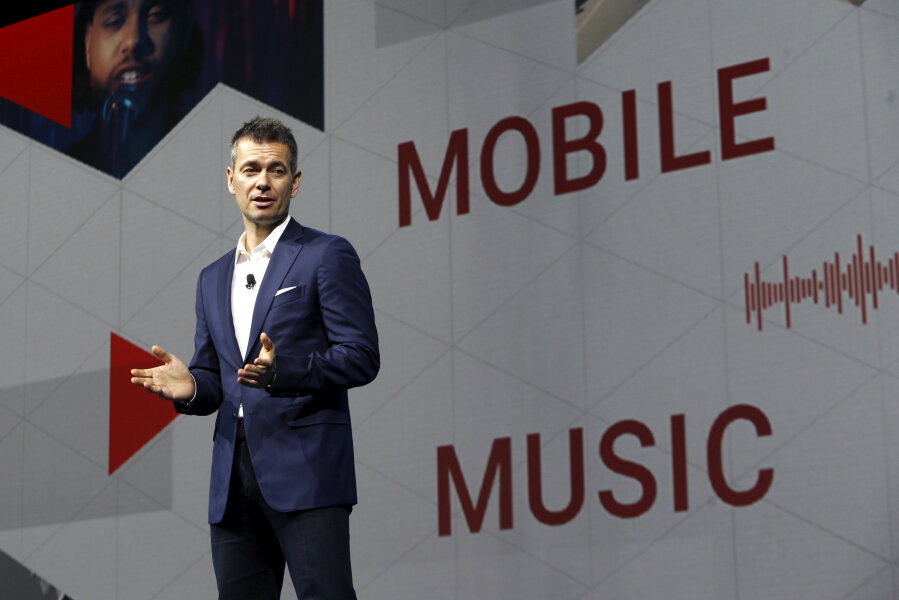YouTube killed the TV star: How online video is replacing TV
Loading...
The average American watches more than five hours of TV per day, but pretty soon that leisure time may be dominated by YouTube and other online video services.
In an address at CES 2016, YouTube’s chief business officer Robert Kyncl argued that digital video will be the single biggest way that Americans spend their free time by 2020 – more than watching TV, listening to music, playing video games, or reading.
The amount of time people spend watching TV each day has been pretty steady for a few years now, Mr. Kyncl pointed out, while time spent watching online videos has grown by more than 50 percent each year. Data from media research firm Nielsen shows that it’s not just young people watching online videos, either: adults aged 35 to 49 spent 80 percent more time on video sites in 2014 than in 2013, and adults aged 50 to 64 spent 60 percent more time on video sites over the same time period.
Why the shift?
Certainly some of it comes from people watching TV shows on a device other than a TV. More than 600,000 people became cable cord-cutters last quarter, Kyncl pointed out, opting to get their content delivered via online services such as Netflix, Hulu, and HBO Now. Those people are watching the same TV shows they always have, just on a laptop, tablet, or phone screen.
But online video as a separate genre is also growing in popularity. The videos of Swedish YouTube star Felix Kjellberg, known as PewDiePie, have been viewed more than 11 billion times; Mr. Kjellberg made $7.4 million in 2014 alone, according to Swedish news site Expressen. Music stars such as Carly Rae Jepsen, Psy, and Justin Bieber got huge breaks after record execs saw their online videos. And YouTube stars are more recognizable to American teens than movie and TV stars are, according to a survey commissioned last year by Variety magazine.
New-media companies including YouTube, Netflix, and Amazon have been trying to capitalize on these trends by encouraging people to spend more time with online video than with traditional live TV. Last year, YouTube launched a subscription service called Red, which costs a penny shy of $10 per month for special content and no ads. Netflix plans to double down on original programming in 2016, and Amazon is also developing its own platforms for long- and short-form videos.








